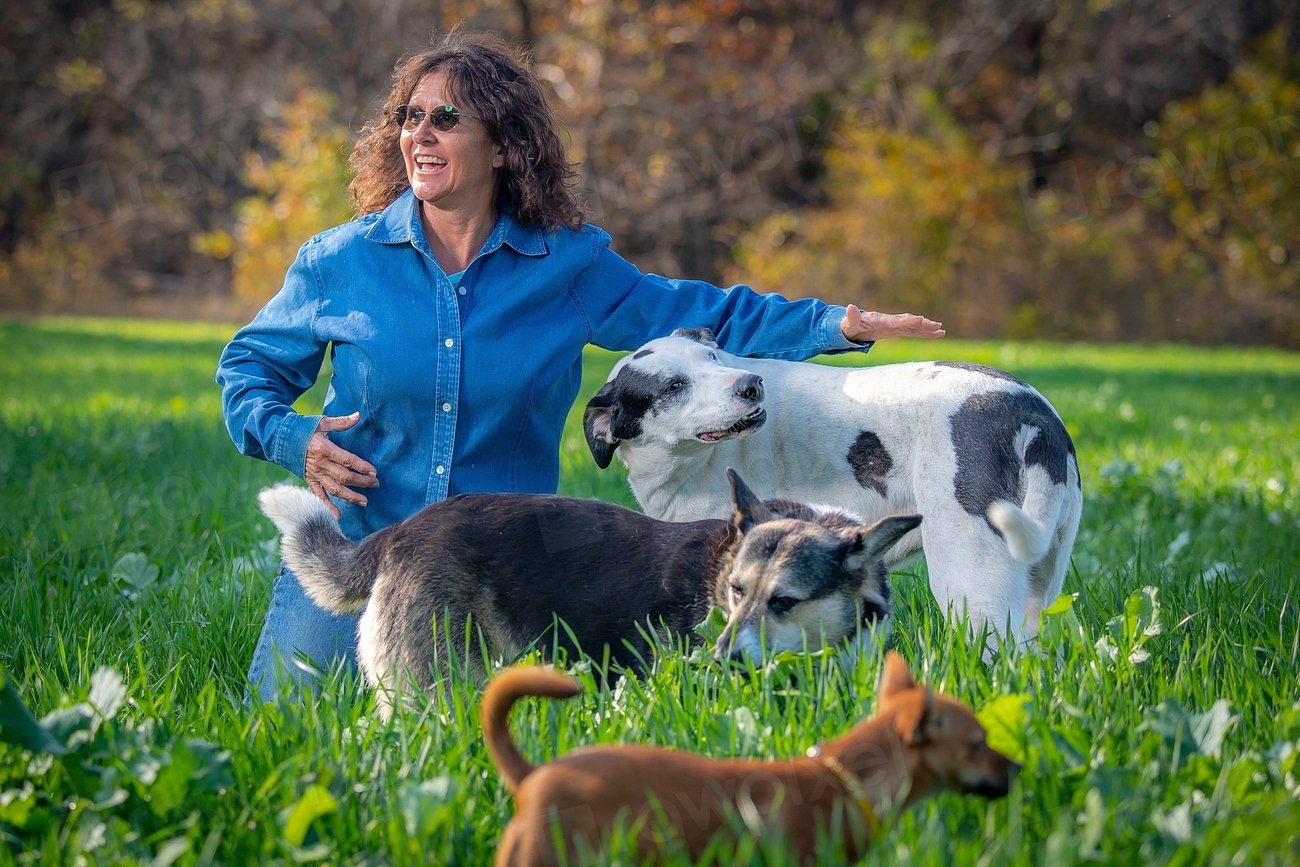Have you ever watched your dog’s eyes light up at the sight of a juicy steak? The raw diet trend is sweeping through Oregon’s farm country, and it’s sparking heated debates at kitchen tables, vet clinics, and dog parks alike. Some believe it’s the secret to a shinier coat and boundless energy, while others fear it could be a recipe for disaster. For families who cherish their dogs as much as their land, the question isn’t just about food—it’s about trust, tradition, and the health of a beloved companion. Let’s dig deep into the heart of this controversy and discover what’s really at stake for dogs living in Oregon’s farm country.
The Appeal of the Raw Diet Movement
In Oregon’s lush farm country, where fresh produce and livestock are part of daily life, many dog owners are turning to raw diets in hopes of offering their pets a more “natural” way to eat. Proponents claim benefits like shinier coats, cleaner teeth, and increased energy, while critics point to serious concerns over nutrition imbalances and foodborne illnesses. As the raw feeding trend gains traction in rural communities, it raises an important question: is this back-to-basics approach truly safe for your dog, or is it a risky fad dressed in organic packaging?
In Oregon’s wide, green farm country, many dog owners are turning to raw diets, drawn by the promise of more “natural” feeding. The idea is simple: serve uncooked meats, bones, and fresh produce—just as a dog’s wild ancestors might have eaten. Supporters say these meals boost energy, improve digestion, and make coats shine like new pennies. For folks who raise their own livestock or hunt, the ingredients are often just steps away from their kitchen doors. It feels wholesome, even a little old-fashioned—like going back to a time before kibble and preservatives. Many people claim their dogs have never been healthier since making the switch. But is this back-to-basics approach truly as safe and beneficial as it seems?
What’s Actually in a Raw Diet?
When you hear “raw diet,” it’s easy to imagine just tossing your dog a hunk of meat. But a true raw diet is more complex. Typical meals may include raw beef, chicken, turkey, or fish, along with organs like liver and heart. Some owners add raw eggs, fruits, and vegetables for extra nutrients. There are also commercial raw food blends available, frozen or freeze-dried for convenience. The goal is to mimic what wild dogs or wolves might eat in nature. But unlike those wild ancestors, most of our dogs rely on us to get the right balance. Without careful planning, raw diets can easily become unbalanced, leading to nutritional gaps or excesses that can harm a dog’s health over time.
The Promise of Healthier Dogs: Fact or Fiction?
Advocates of raw feeding often share glowing stories about their dogs’ transformation. They describe glossy coats, fresher breath, and more playful personalities. Some even say chronic allergies or digestive issues disappeared after ditching kibble. While these stories are heartwarming, science paints a more complicated picture. There are few long-term studies on raw diets, and the evidence supporting dramatic health benefits is mostly anecdotal. Some veterinarians agree that higher-quality, less-processed foods can help certain dogs, but they warn that raw diets aren’t a cure-all. Every dog is different, and what works wonders for one may not suit another at all.
Potential Dangers: The Risk of Bacteria and Parasites

One of the loudest warnings against raw diets centers on food safety. Raw meat can harbor dangerous bacteria like Salmonella, E. coli, and Listeria, which don’t just threaten dogs—they can also sicken humans, especially children or those with weakened immune systems. In farm country, where dogs often roam and interact with livestock, this risk can be even greater. Dogs shedding harmful bacteria in their saliva or feces can spread illness to both people and other animals. And while some dogs seem to handle bacteria better than others, there’s no guarantee your pet will be one of the lucky ones. The threat of parasites, such as tapeworms or toxoplasmosis, is another concern, especially when feeding wild or home-raised meats.
Meeting Nutritional Needs: Balance or Bust?

Feeding raw isn’t as simple as swapping out kibble for meat. Dogs need precise amounts of protein, fat, calcium, phosphorus, and dozens of other nutrients to stay healthy. Unbalanced diets can cause serious health issues over time—think weak bones, dental problems, or even organ failure. In Oregon’s farm communities, where people may have easy access to fresh meat but less experience with animal nutrition, mistakes are common. Commercial raw diets sometimes help fill the gaps, but not all are created equal, and homemade meals can be risky if not carefully planned. Consulting with a veterinary nutritionist is crucial to ensure every meal meets your dog’s specific needs.
Cost and Convenience: The Hidden Price Tag
On the surface, feeding your dog what you already raise or hunt might seem cost-effective. But the reality is often more complicated. Raw diets require extra time for shopping, prepping, and cleaning. Freezers fill up fast with bags of meat and bones; meal prep becomes a daily ritual. If you’re buying commercial raw foods, the price can quickly outpace even the fanciest kibble. And don’t forget the cost of supplements or regular vet checks needed to monitor your dog’s health. For busy farm families, the time investment alone can be overwhelming, making raw feeding a bigger commitment than many expect.
Veterinarians Weigh In: Divided Opinions
Walk into any vet clinic in Oregon and mention “raw diet,” and you’re likely to spark an intense debate. Some veterinarians support raw feeding—if done carefully—believing it can help certain dogs with allergies or digestive issues. Others strongly oppose it, citing the risks of bacteria, parasites, and nutritional imbalances. Many vets worry that homemade raw meals, in particular, miss the mark on key nutrients. The American Veterinary Medical Association and other major groups still recommend cooked commercial diets for most dogs. Ultimately, vets urge owners to research thoroughly, consult professionals, and never make big changes without expert guidance.
Rural Realities: Farm Dogs Versus City Dogs
Life in Oregon’s farm country offers unique challenges and opportunities for dog owners. Farm dogs may have access to fresh meat, eggs, and produce—ingredients that city dwellers can only dream of. But rural dogs also face greater exposure to parasites and wildlife diseases, and they may scavenge or hunt on their own. The freedom of country living means dogs are more likely to interact with livestock, wildlife, and even neighboring pets, raising the stakes for food safety. What works for a pampered city pup might not be right for a hard-working farm dog, making the decision about raw feeding even more personal and complex.
Legal and Regulatory Considerations in Oregon
Oregon’s laws on pet food are designed to protect both animals and people. While it’s legal to feed your dog a raw diet, commercial raw pet foods must meet state and federal safety standards. Homemade diets, on the other hand, are unregulated, leaving owners responsible for food safety and nutritional balance. Some local ordinances restrict the disposal of raw animal waste to prevent the spread of disease. For farm families who process their own meats, there may be additional rules about handling and storing raw products. Staying informed about legal requirements is essential to avoid fines—or worse, accidental harm to pets or people.
Stories from Oregon’s Dog Owners

Nothing brings the raw diet debate to life like real stories from the heart of farm country. Some owners rave about the changes they’ve seen in their dogs—improved energy, fewer vet visits, and a new zest for life. Others share heartbreaking tales of illness, costly vet bills, or even loss after trying raw feeding without enough knowledge or preparation. These stories remind us that every dog, family, and farm is unique. The decision to feed raw isn’t simple, and it often comes down to trial, error, and the deep bond between dogs and their people.
Alternatives to Raw: Cooked and Commercial Options
For those wary of raw feeding, there are plenty of alternatives that still offer high-quality nutrition. Home-cooked diets, made from fresh ingredients and properly balanced, can be a safer option—though they require just as much planning. Many premium commercial dog foods now use fewer fillers, more real meat, and fewer artificial additives than ever before. Some brands even offer gently cooked or dehydrated meals that bridge the gap between raw and traditional kibble. For busy farm families, these choices provide peace of mind without sacrificing nutrition or convenience.
Tips for Transitioning Your Dog’s Diet Safely
If you’re considering a switch to raw, take it slow and do your homework. Sudden changes can upset your dog’s stomach or lead to refusal to eat. Start by introducing small amounts of new foods alongside your dog’s current diet, gradually increasing the raw portion over a few weeks. Always wash your hands, bowls, and prep surfaces thoroughly to avoid spreading bacteria. Consult with a vet or animal nutritionist to design meals that meet your dog’s needs. Monitor your dog closely for changes in energy, coat condition, and digestive health, and be ready to adjust if problems arise. With patience and care, you can make the transition as safe and smooth as possible.
The debate over raw diets for dogs in Oregon’s farm country is far from settled—but one thing is clear: what works for one dog may not work for another. While the appeal of feeding fresh, locally sourced ingredients is understandable, it’s essential to balance idealism with science-based care. Consulting with a veterinarian or pet nutritionist before making dietary changes is crucial to ensure your dog gets all the nutrients they need without unnecessary risk. Whether you stick with kibble, transition to raw, or find a middle ground, your dog’s health, safety, and happiness should always guide the decision.

Sumi Sarkar from India holds a B Tech degree in Information Technology, is a freelance film maker, scriptwriter, content editor who loves animals, especially dogs.





